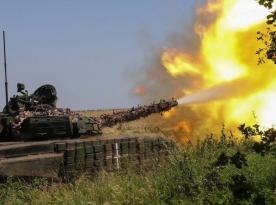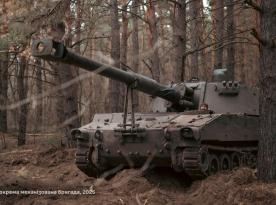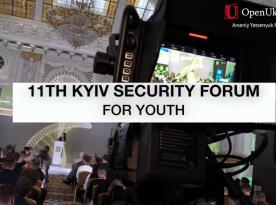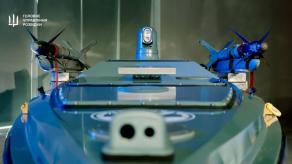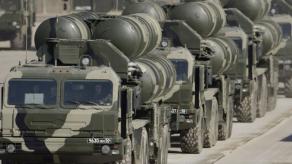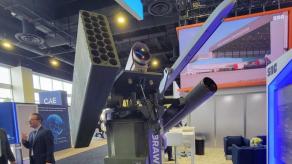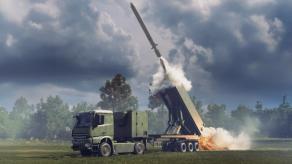Helsing has announced a new order for 6,000 HX-2 kamikaze drones for Ukraine. The company is already supplying Ukraine with its simpler loitering munitions, the HF-1, under a contract for 4,000 units.
Along with the new order, Helsing has announced the opening of a new factory in Germany, which will allow it to produce up to 1,000 HX-2 kamikaze drones per month.
Read more: Germany Reveals the HX-2 Drone for Ukraine, Nicknamed the Mini-Taurus (Video)
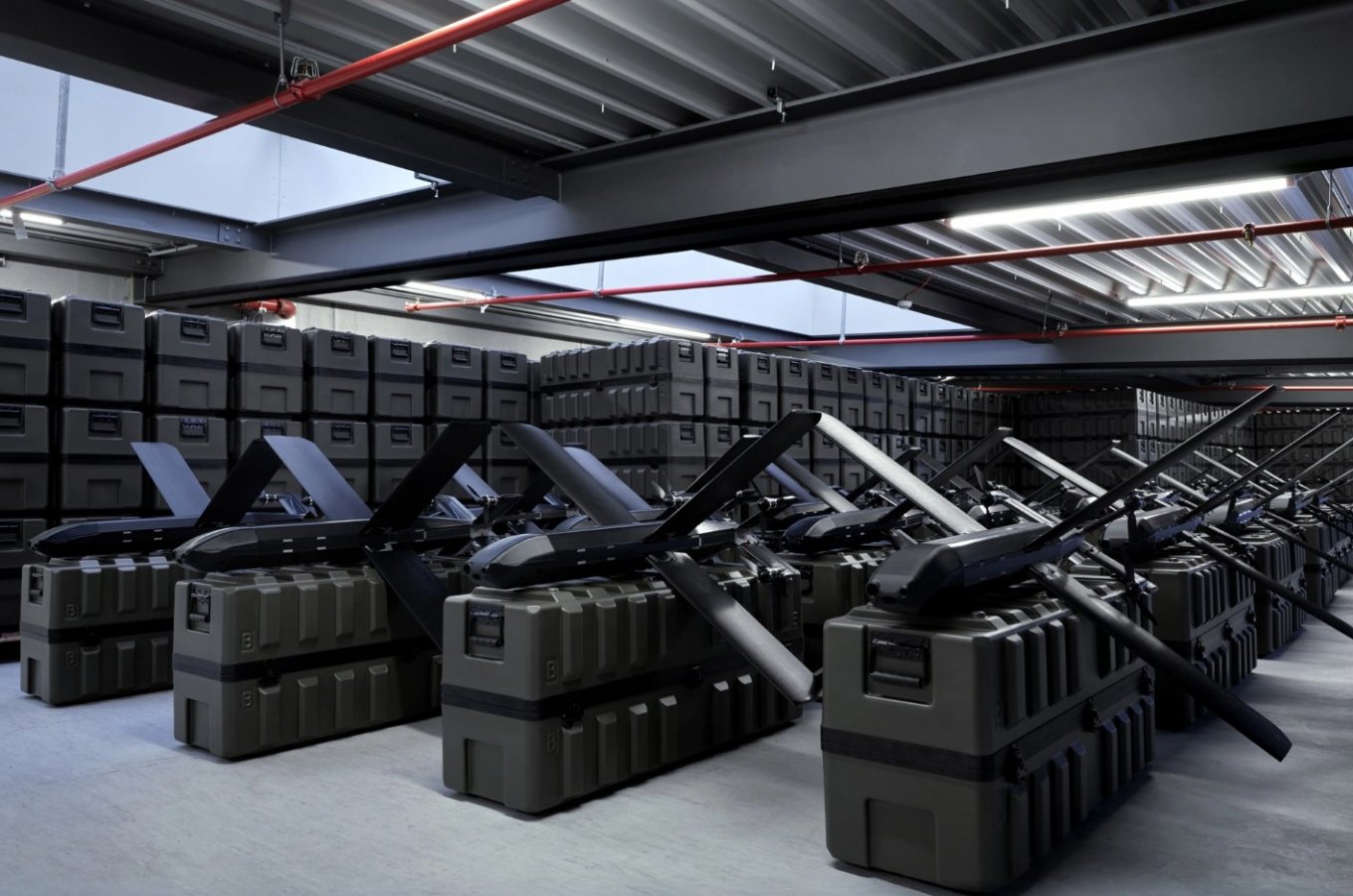
Helsing introduced the HX-2 kamikaze drone at the end of 2024. At that time, these drones were unfairly dubbed "mini-Taurus." The HX-2 is a loitering munition with X-shaped wings and tail fins similar to the russian Lancet.
A significant advantage of the HX-2 over its russian counterpart is its software, which is Helsing’s area of expertise. As a result, it features machine vision. It also has robust communication systems, making it less vulnerable to electronic warfare.
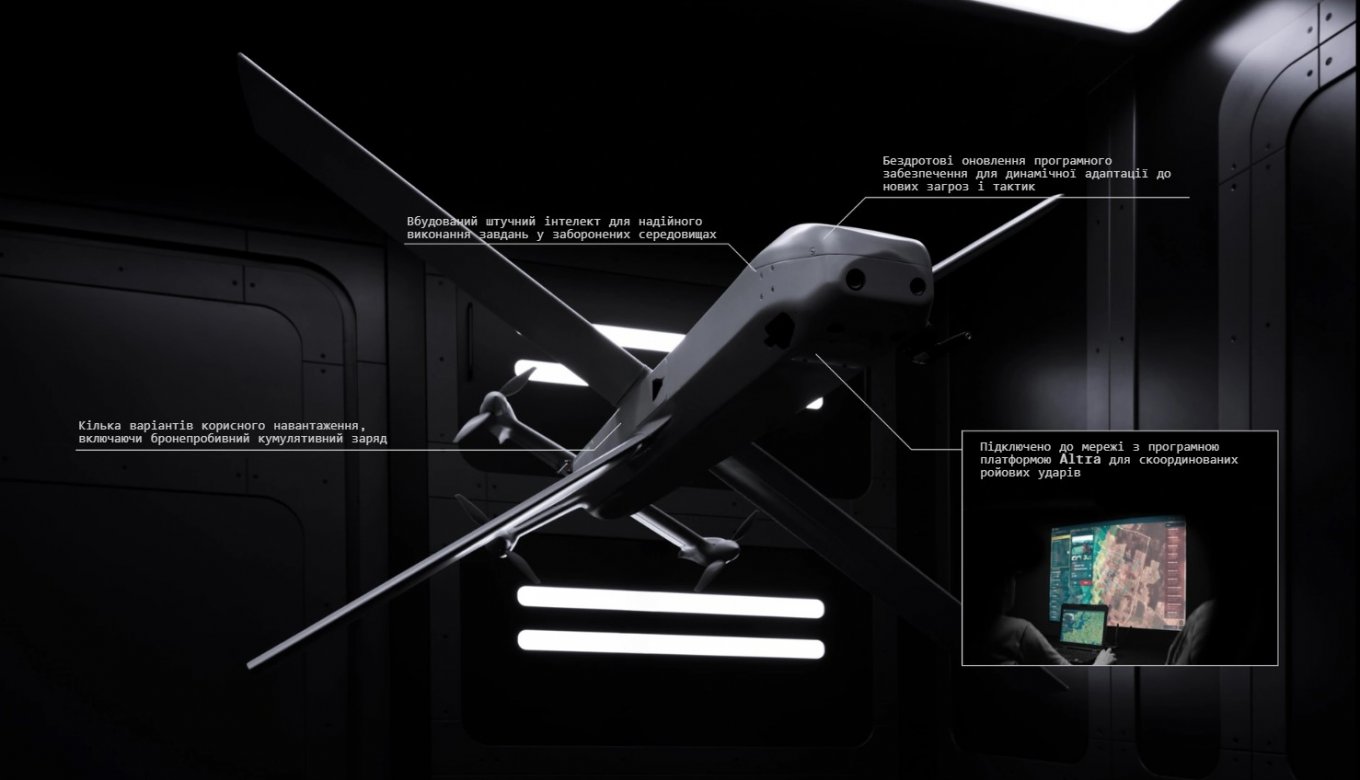
Moreover, thanks to the Helsing Altra software, multiple HX-2 drones can form a swarm controlled by a single operator and attack a target sequentially, making it easier to execute larger-scale missions. It is noted that the HX-2 has several warhead options, with only the cumulative warhead—designed to destroy armored vehicles—being publicly disclosed.
Overall, the other characteristics of the HX-2 are very similar to its russian counterpart. Both have the same total weight (12 kilograms) and likely the same warhead weight. The Lancet’s warhead weighs up to 3 kg, while the HX-2’s exact weight is undisclosed, but given its total weight, it is approximately the same.
Additionally, both drones have a similar speed. The HX-2 has a maximum speed of 220 km/h, while the Lancet can reach up to 300 km/h. However, their cruising speeds, at which they typically operate, are nearly identical. One of the most significant differences is the engagement range. The Lancet has a range of 40–60 km, whereas the HX-2 can reach 100 km, allowing it to destroy enemy long-range artillery from a safe distance beyond the front line.
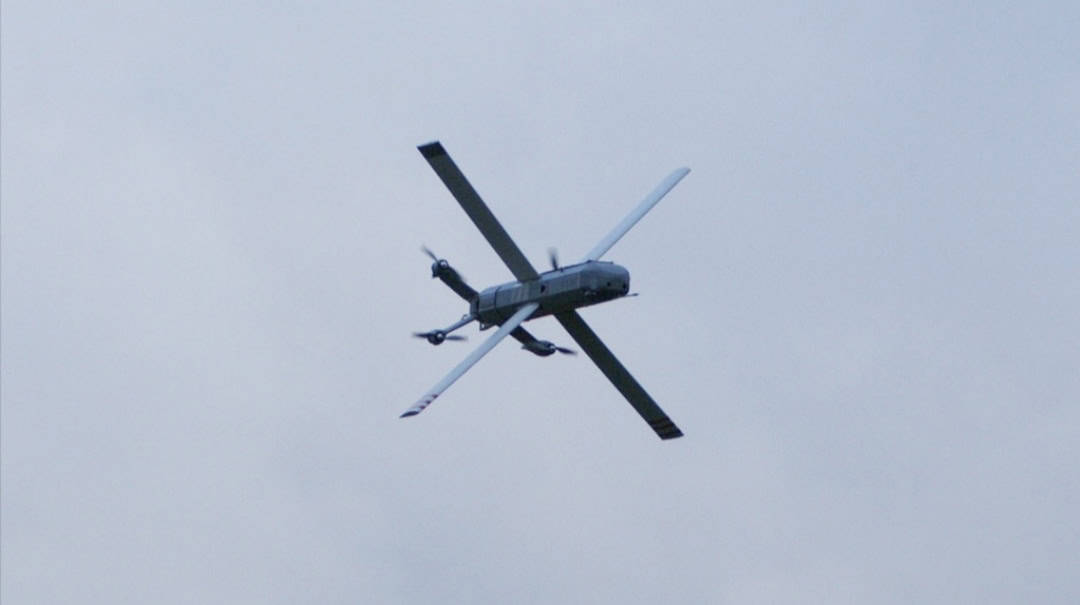
Besides its strong performance characteristics, Helsing positions the HX-2 as a drone for mass production with significantly lower costs. While its price remains undisclosed, it is likely lower than that of other Western analogs, which is undoubtedly an advantage.
Read more: Ukraine Initiates Large-Scale Production of Lancet Analog: Uncovering the Challenges Faced





